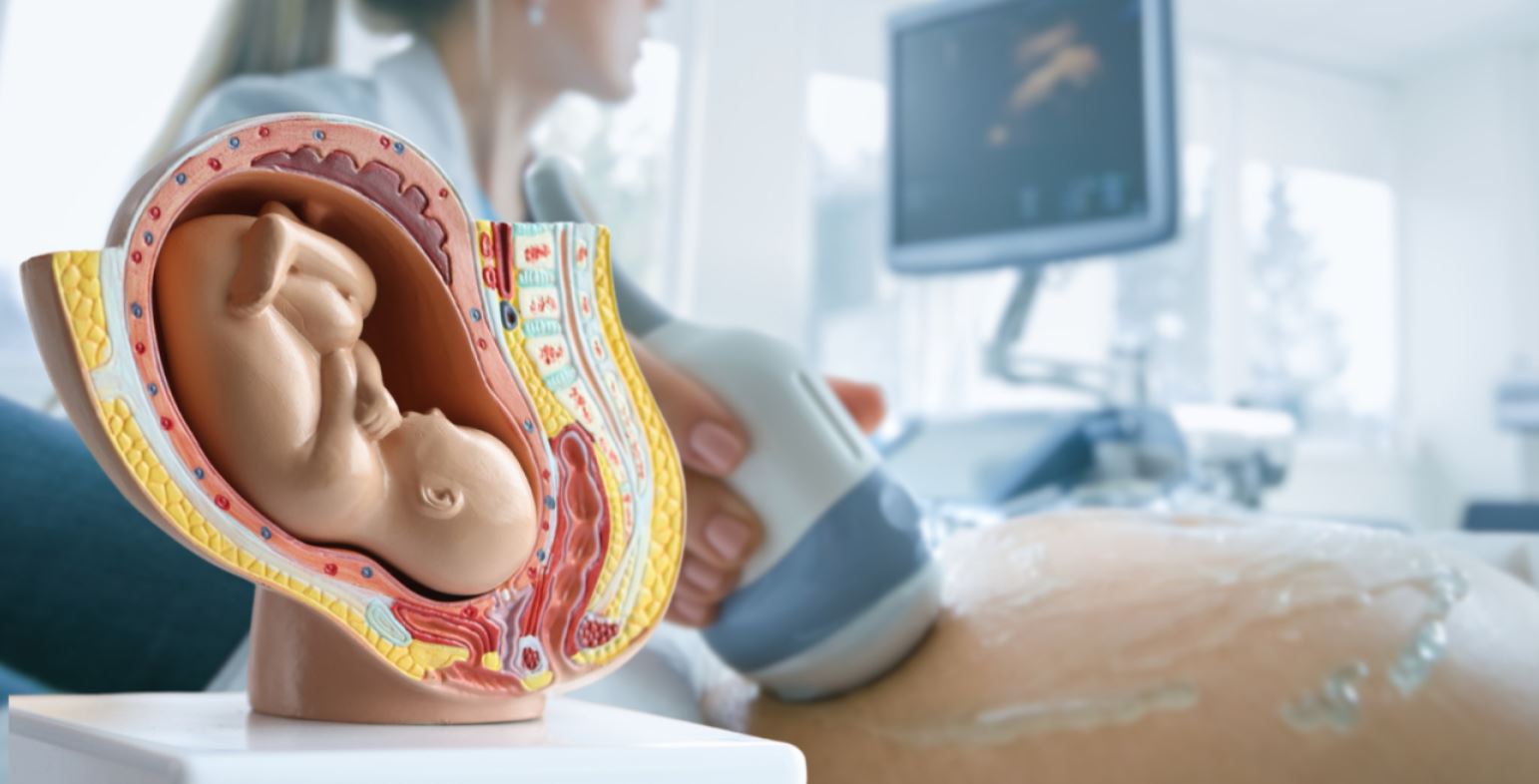
Uterine Fibroids
Uterine fibroids, also known as uterine leiomyomas, are noncancerous growths that develop in the muscular wall of the uterus. These growths are common, with many women experiencing them at some point during their reproductive years. While fibroids are generally benign and often asymptomatic, they can cause various symptoms and complications in some cases. At SHIFAA PAN African Hospitals, our Obstetrics and Gynecology department specializes in the diagnosis and management of uterine fibroids, offering personalized treatment plans to address symptoms and improve quality of life for affected individuals.
Symptoms:
The presence of uterine fibroids may lead to a range of symptoms, depending on their size, number, and location within the uterus. Common symptoms of uterine fibroids may include:
- Heavy menstrual bleeding (menorrhagia)
- Prolonged menstrual periods
- Pelvic pain or pressure
- Pain during intercourse
- Frequent urination or difficulty emptying the bladder
- Constipation or difficulty with bowel movements
- Abdominal bloating or swelling
- Backache or leg pains
Diagnosis:
Diagnosing uterine fibroids typically involves a combination of medical history review, physical examination, and imaging studies. Diagnostic tests may include:
- Pelvic ultrasound: Imaging test using sound waves to create pictures of the uterus and identify fibroids.
- Magnetic resonance imaging (MRI): Advanced imaging technique that provides detailed images of the uterus and helps characterize fibroids.
- Hysteroscopy: Procedure to examine the inside of the uterus using a thin, lighted tube inserted through the vagina and cervix.
- Sonohysterography: Procedure involving the injection of saline solution into the uterus to enhance ultrasound imaging and detect abnormalities.
Treatment:
Treatment options for uterine fibroids depend on factors such as the severity of symptoms, the size and location of fibroids, and the patient’s reproductive goals. Treatment may include:
- Watchful waiting: Monitoring fibroids without intervention if they are small, asymptomatic, or not affecting quality of life.
- Medications: Hormonal medications such as birth control pills, gonadotropin-releasing hormone (GnRH) agonists, or progestin-releasing intrauterine devices (IUDs) may help manage symptoms.
- Minimally invasive procedures: Techniques such as uterine artery embolization (UAE), myomectomy, or endometrial ablation may be used to shrink or remove fibroids while preserving the uterus.
- Surgery: Surgical options for fibroids include hysterectomy (removal of the uterus) or myomectomy (removal of fibroids while preserving the uterus), depending on the patient’s preferences and reproductive goals.
Prevention:
While the exact cause of uterine fibroids is unclear, certain factors such as hormonal imbalances, genetics, and lifestyle factors may contribute to their development. Although it may not be possible to prevent fibroids entirely, maintaining a healthy lifestyle, managing stress, and avoiding excessive alcohol consumption may help reduce the risk of developing symptomatic fibroids.
What are uterine fibroids?
Uterine fibroids are noncancerous growths that develop in the muscular wall of the uterus, commonly occurring during a woman’s reproductive years.
What are the symptoms of uterine fibroids?
Symptoms may include heavy menstrual bleeding, pelvic pain or pressure, pain during intercourse, frequent urination, constipation, abdominal bloating, and backache.
How are uterine fibroids diagnosed?
Diagnosis typically involves a combination of medical history review, physical examination, and imaging studies such as pelvic ultrasound or MRI.
What are the treatment options for uterine fibroids?
Treatment options may include watchful waiting, medications, minimally invasive procedures, or surgery, depending on the severity of symptoms and the patient’s reproductive goals.
Can uterine fibroids be prevented?
While the exact cause of fibroids is unknown, certain factors may contribute to their development. Although prevention may not be possible, maintaining a healthy lifestyle and managing risk factors may help reduce the risk of symptomatic fibroids.
Gynaecology And Obstetrics Conditions
- Cervical Cancer
- Chlamydia
- Ectopic Pregnancy
- Endometriosis
- Fibroids (Uterine Leiomyomas)
- Gestational Diabetes
- Gestational Hypertension
- Gonorrhea
- Gynecologic Cancers (Cervical, Ovarian, Uterine)
- HPV (Human Papillomavirus)
- Hyperemesis Gravidarum
- Infertility Issues
- Menstrual Disorders
- Molar Pregnancy
- Multiple Pregnancies (Twins, Triplets)
- Ovarian Cancer
- Ovarian Cysts
- Pelvic Inflammatory Disease (PID)
- Polycystic Ovary Syndrome (PCOS)
- Postpartum Depression
- Pre-Eclampsia
- Sexually Transmitted Infections (STIs)
- Syphilis
- Uterine Cancer
- Uterine Fibroids
- Vaginal Infections




